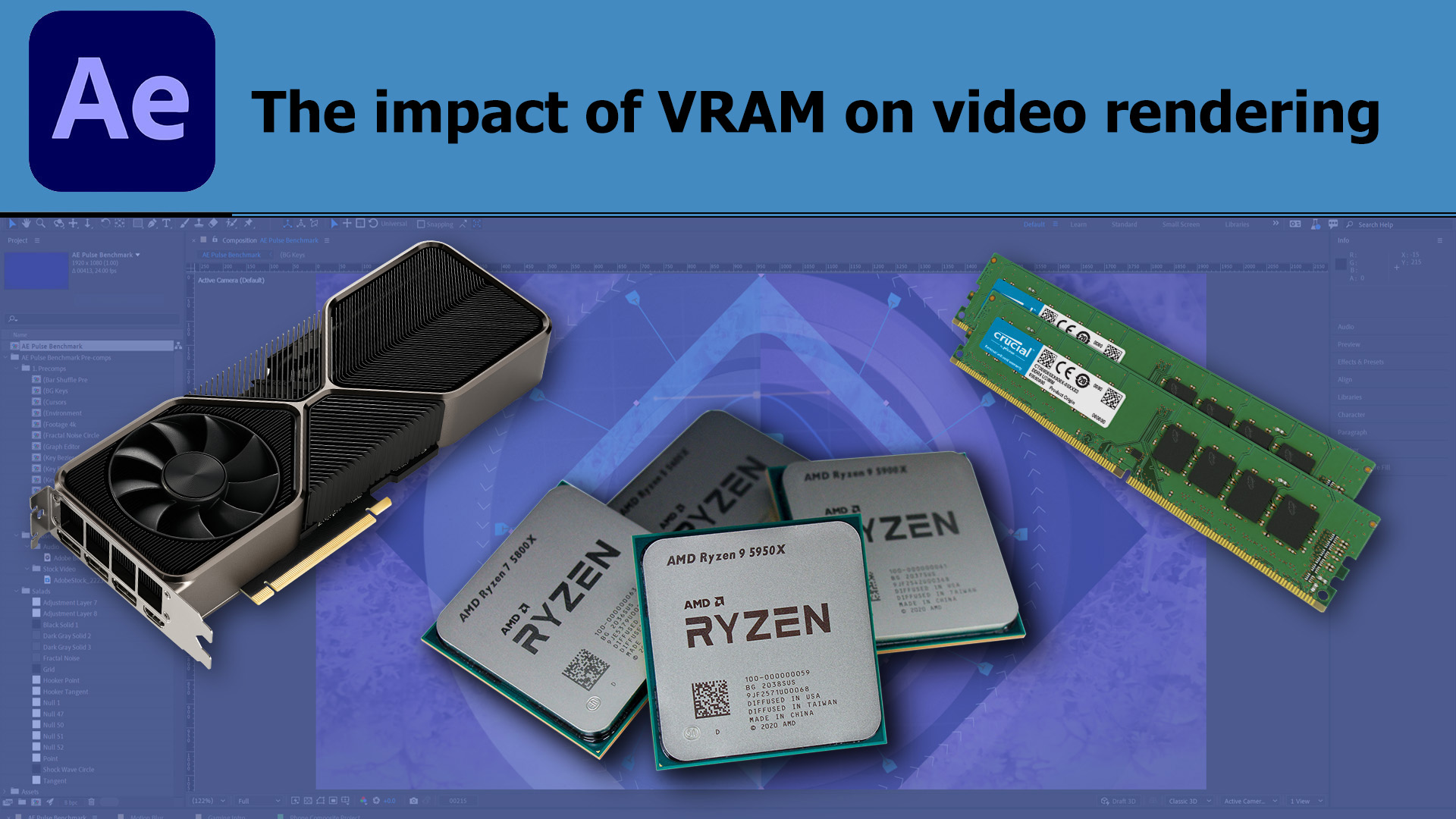When it comes to video rendering, having the right graphics card can make a huge difference in performance. One key aspect of graphics cards that can impact video rendering is VRAM, or video random access memory. In this article, we will explore the impact of VRAM on video rendering and why it matters for your graphics card.
What is VRAM?
VRAM is a type of memory that is specifically designed for graphics processing. VRAM is used to store the data that is needed for graphics processing, such as textures, shaders, and other graphics-related data. VRAM is much faster than traditional system memory, which makes it ideal for graphics processing.
VRAM is located on the graphics card itself, and it is separate from the system memory that is used by the CPU. The amount of VRAM on a graphics card can vary, with some cards having as little as 1GB of VRAM, while others may have as much as 24GB or more.
The Impact of VRAM on Video Rendering
When it comes to video rendering, the amount of VRAM on your graphics card can have a significant impact on performance. Video rendering requires a lot of memory, especially when working with high-resolution video or complex visual effects. If your graphics card doesn’t have enough VRAM to store all of the necessary data, your rendering performance can suffer.
When your graphics card runs out of VRAM, it has to start using system memory to store the data that it needs for graphics processing. This can significantly slow down performance, as system memory is much slower than VRAM. When your graphics card is forced to use system memory, it can cause rendering to take much longer than it would if you had enough VRAM on your graphics card.
Why VRAM Matters for Your Graphics Card
The amount of VRAM that you need for video rendering depends on a variety of factors, such as the resolution of your video, the complexity of your visual effects, and the length of your video. Generally speaking, the more VRAM that your graphics card has, the better performance you can expect when rendering video.
Having enough VRAM on your graphics card can also help you to work more efficiently. When your graphics card has enough VRAM, you can work with larger files and more complex visual effects without having to worry about running out of memory. This can help you to work faster and more efficiently, as you won’t have to wait as long for your rendering to complete.
Conclusion
In conclusion, VRAM is a critical component of any graphics card when it comes to video rendering. Having enough VRAM on your graphics card can significantly improve your rendering performance, allowing you to work more efficiently and effectively. If you are planning to work with high-resolution video or complex visual effects, we recommend investing in a graphics card with plenty of VRAM. By doing so, you can ensure that your video rendering workflow is as smooth and efficient as possible.

